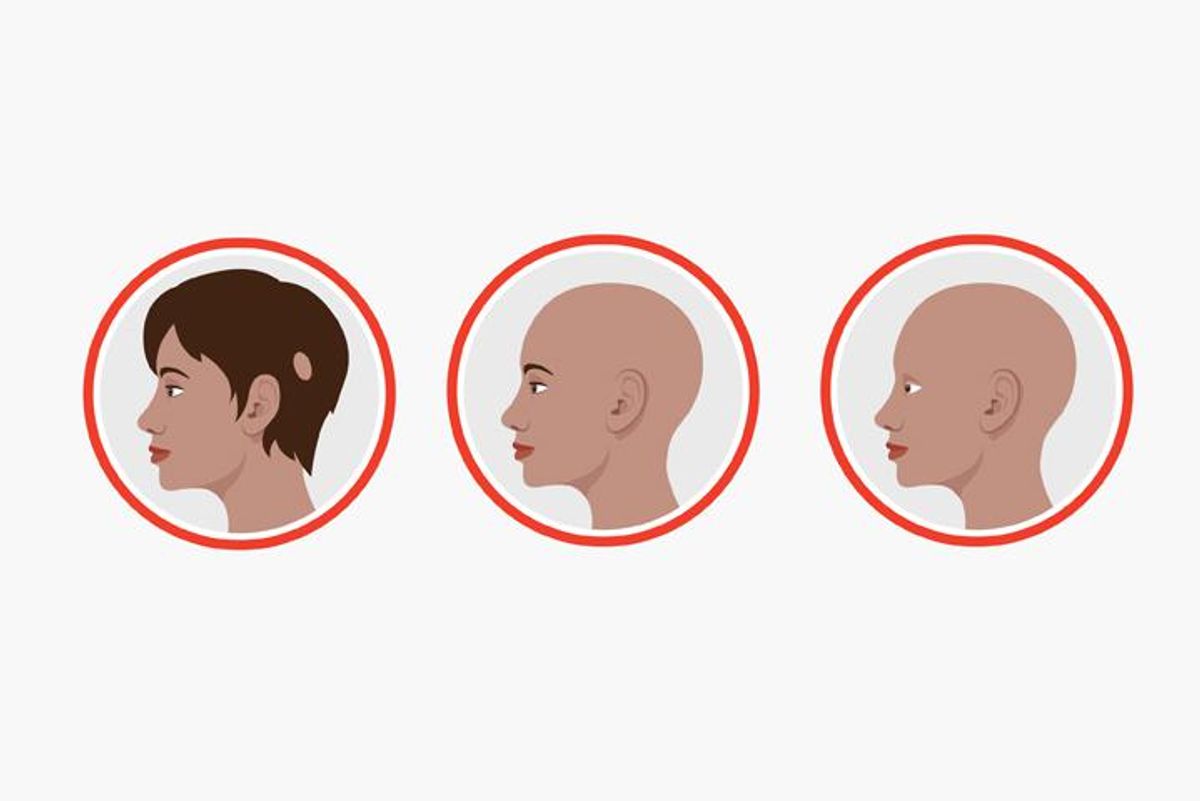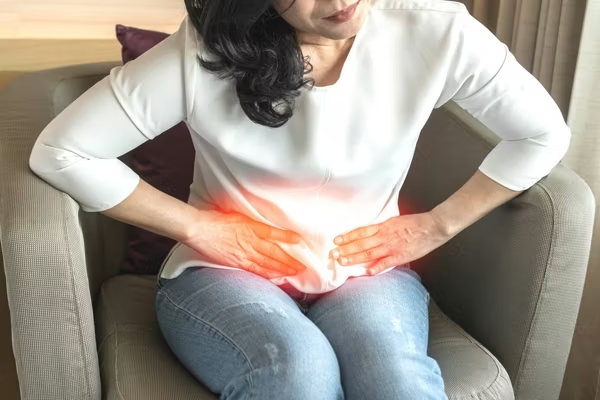Alopecia areata is a type of alopecia, which is an autoimmune condition where the immune system fights the body’s own hair follicles and causes clumps of hair to fall out, forming bald patches anywhere on the body.
Types include:
Alopecia areata (patchy): one or more bald patches the size of a coin on your scalp or other places on the body
Alopecia totalis: hair loss all over the head
Alopecia universalis: hair loss that affects the whole body, including facial hair, eyelashes, eyebrows and pubic hair.
Who gets alopecia?
Approximately 6.8 million people in the U.S. have or will develop alopecia areata in their lifetime.
Women and men are about equally likely to be diagnosed with alopecia areata.
Signs and symptoms of alopecia areata
- Sudden patchy hair loss, usually from the scalp, although it can appear anywhere
- Itching, tingling or burning in specific areas before baldness develops, although some people have no symptoms before hair loss
- Narrow “exclamation point” hairs next to or at the base of the scalp
- Changes to finger- and toenails, such as brittle or thinning nails, small pits in a checkerboard pattern, lines, or loss of shine
Did you know?
20% of people with alopecia areata have a close family member with it.
Alopecia areata may be associated with other autoimmune conditions or can be triggered by stress.
Treatments for alopecia areata
In 30% to 50% of cases, people with alopecia areata spontaneously regrow hair within six to 12 months without any treatment.
There is no cure for hair loss that doesn’t grow back on its own, but there are treatments that can help stimulate hair follicles.
Treatment options may include:
- Cortisone injections
- Topical medicines, such as corticosteroids and minoxidil
- Contact immunotherapy, a topical medicine that may prevent your immune system from attacking hair follicles
- Prescription medications, such as a drug used for glaucoma that can help eyelashes grow
A new class of medication called JAK inhibitors shows promise in helping treat alopecia areata.
Men vs. women
Men and women may respond differently to hair loss.
For example:
- Being bald may be more socially acceptable and easier for men
- Women may find it easier to use makeup to address loss of eyebrows or eyelashes
- Women may find it easier to lose body hair
Advice for women with alopecia areata
Patients and their healthcare providers (HCPs) may perceive alopecia areata differently. A woman who loses a patch of hair may experience it as severe hair loss, but an HCP may see this as mild because it’s only one patch.
- Speak up about the impact your hair loss has on your emotional well-being
- Seek treatment from a board-certified dermatologist who is trained to diagnose and treat alopecia areata
- Protect your exposed skin from the cold or the sun — use sunscreen on your scalp or wear a hat to avoid sunburn
- Protect your eyes if you’ve lost your eyelashes or eyebrows
The National Alopecia Areata Foundation provides resources, support groups and one-on-one phone support to help with the emotional and mental health effects of hair loss.
This resource was created with support from Eli Lilly.






